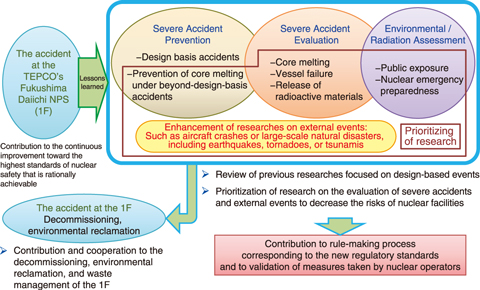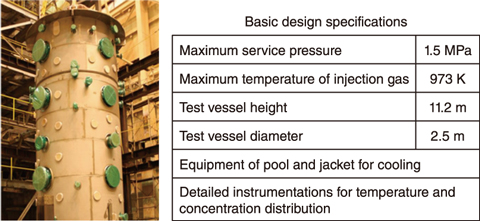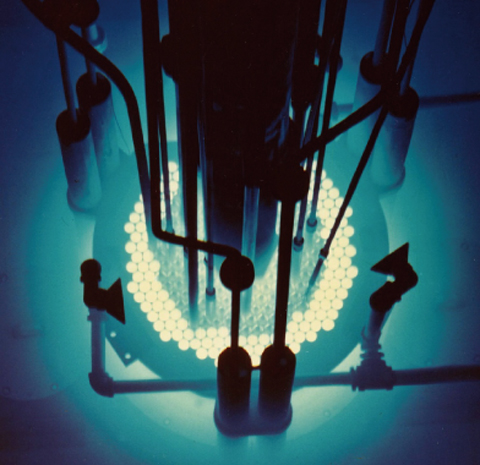
Fig.2-1 Research directions within the Sector of Nuclear Safety and Emergency Preparedness

Fig.2-2 Outline of the large-scale containment vessel test facility (CIGMA)

Fig.2-3 Nuclear safety research reactor (NSRR)
The Sector of Nuclear Safety and Emergency Preparedness performs advanced safety research to provide a technical basis for nuclear regulatory authorities in terms of nuclear safety as well as offer a long-term viewpoint through calculations, experiments, and measurement techniques. This research contributes to the development of safety criteria and supports the creation of safety regulations with continuous improvement aimed at the highest level of safety.
Our previous research regarding design basis events prior to the accident at the TEPCO’s Fukushima Daiichi NPS (1F) was carefully reviewed in accordance with the lessons learned from the disaster, as shown in Fig.2-1. To reduce the risks of operating nuclear facilities, research on the prevention and mitigation during the progression of severe accidents (SAs), on preparation for and in response to emergency situations, on the consequences of radiation and the management of radioactive waste, and on nuclear criticality safety assessment of fuel debris related to the 1F accident has been expanded.
This work aims to clarify thermal-hydraulic phenomena during SAs and develop effective mitigation measures. This has involved performing experiments with a large-scale containment vessel test facility, CIGMA (Containment Integral Measurement Apparatus), as shown in Fig.2-2. These experiments focused on the gas-phase behaviors at high temperatures and the thermal-hydraulic behaviors of mixed gas, including hydrogen, which may cause containment vessel damage. By employing knowledge obtained from the benchmark exercise on the 1F accident conducted by the OECD/NEA international cooperative project, this work also aims to improve the accuracy of analyses with the computer codes for SA and improve SA evaluation methods. By using the nuclear safety research reactor (NSRR) shown in Fig.2-3, experiments have been performed to investigate, among other things, the fuel failure limit and the effect of fuel failure on the nuclear reactor during reactivity-initiated accidents, which is one of the design basis accidents for the safety evaluation of nuclear reactor.
To investigate emergency preparedness, the effectiveness of radiation protection countermeasures of shelters has been evaluated. Moreover, the radiation distribution rate around 1F following the accident was investigated using manned and unmanned helicopter, car-borne, and walking surveys; techniques aimed at integrating monitoring data have also been investigated. Nuclear power plants across the country are now monitored according to the basic disaster-management plan.
In addition, a study on ultra-trace analysis of nuclear materials for nuclear safeguards has been conducted using a clean room facility.
This chapter presents the results of recent research in the following sections: Uncertainty Reduction in Source Term Evaluation (Topic 2-1), Towards a More Reliable Safety Evaluation for Loss-of-coolant Accidents (Topic 2-2), Safety Evaluation Considering Uncertainties of Accident Progression (Topic 2-3), Evaluation of Sheltering Effectiveness for Internal Exposure at a Nuclear Accident (Topic 2-4), Detailed Investigation of Fracture Toughness of Reactor Pressure Vessel (Topic 2-5), and More Rational Inspection of Piping Systems (Topic 2-6).
Moreover, two topics related to the estimation of uncertainty in criticality of nuclear systems containing fuel debris (Topic 1-4) and the safety assessment for reuse of contaminated rubble (Topic 1-9) are described in Chapter 1.